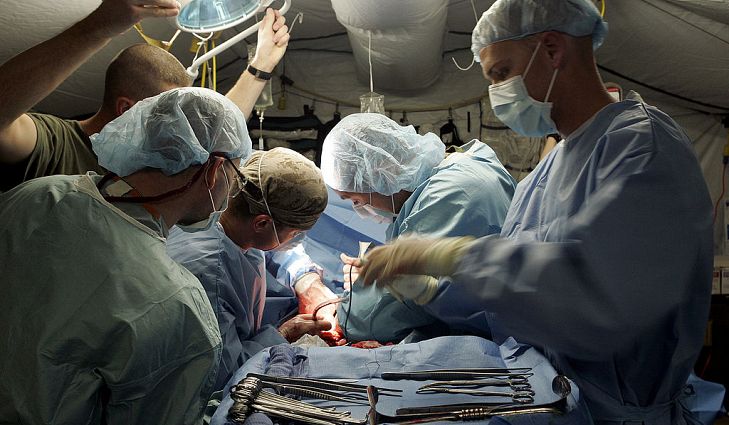In some wealthy countries, more than 1 in 1,000 people may be employed as specialist surgeons.
The world of medicine has changed drastically in the past few decades. There have been radical inventions and advancements in the field of medicine. As medicine is an ever-evolving field, one cannot ignore the fact that diseases and medical challenges faced by humans have also increased beyond imagination. With the increase in the demand for doctors and surgeons, the supply of doctors has also increased in various countries. Most countries are facilitating better opportunities like improved medical education with significance to specialization and financial benefits for doctors.
Countries with Highest Number of Surgeons
Irrespective of the impressive number of doctors in the developed and rich countries, WHO states that there are only 1.13 doctors for every 1,000 people in the world presently. It is estimated that at this rate, by the next decade, there will be a global shortage of 4.3 million health care workers. The specialist surgical force is unequally distributed among the nations and the workforce is critically inadequate in many countries. To handle the growing global demands of surgical force, it is imperative to increase the number of surgeons and distribute the surgical force.
| Rank | Country | Specialist Surgical Team Members per 100,000 people |
|---|---|---|
| 1 | Monaco | 278 |
| 2 | Cayman Islands | 172 |
| 3 | Colombia | 162 |
| 4 | Austria | 141 |
| 5 | Estonia | 127 |
| 6 | San Marino | 113 |
| 7 | Finland | 110 |
| 8 | Switzerland | 98 |
| 9 | Liechtenstein | 97 |
| 10 | United Kingdom | 92 |
| 11 | Latvia | 91 |
| 12 | Iceland | 91 |

